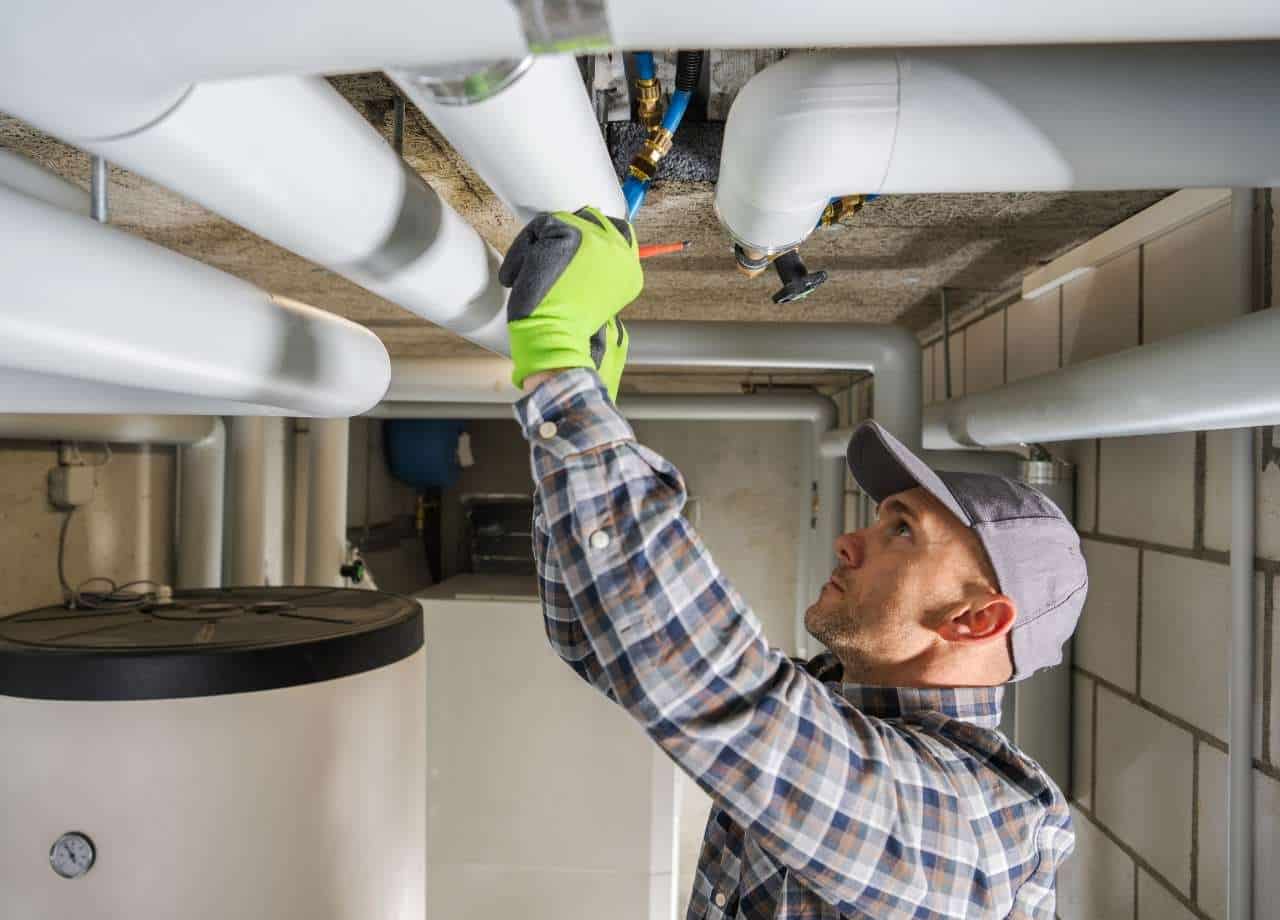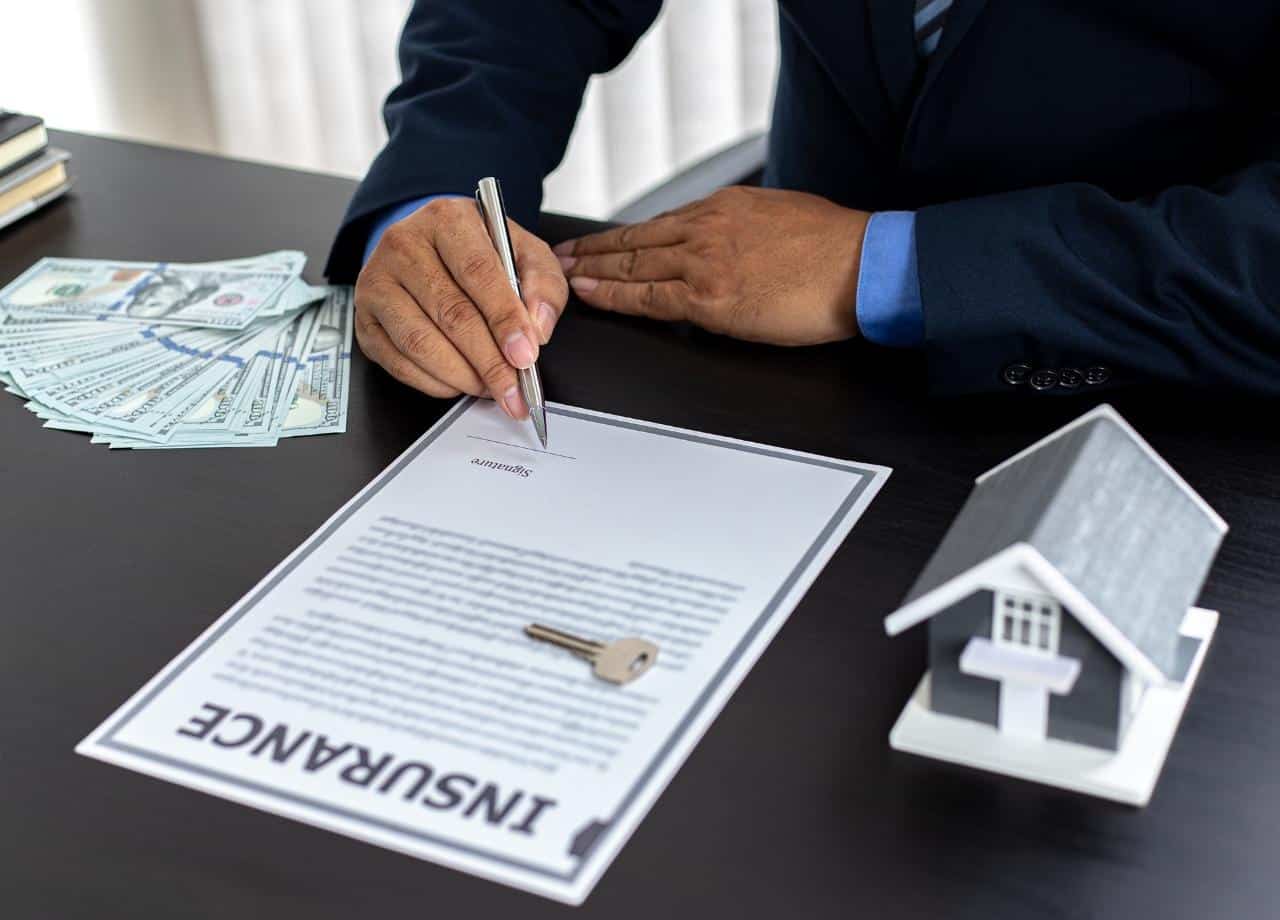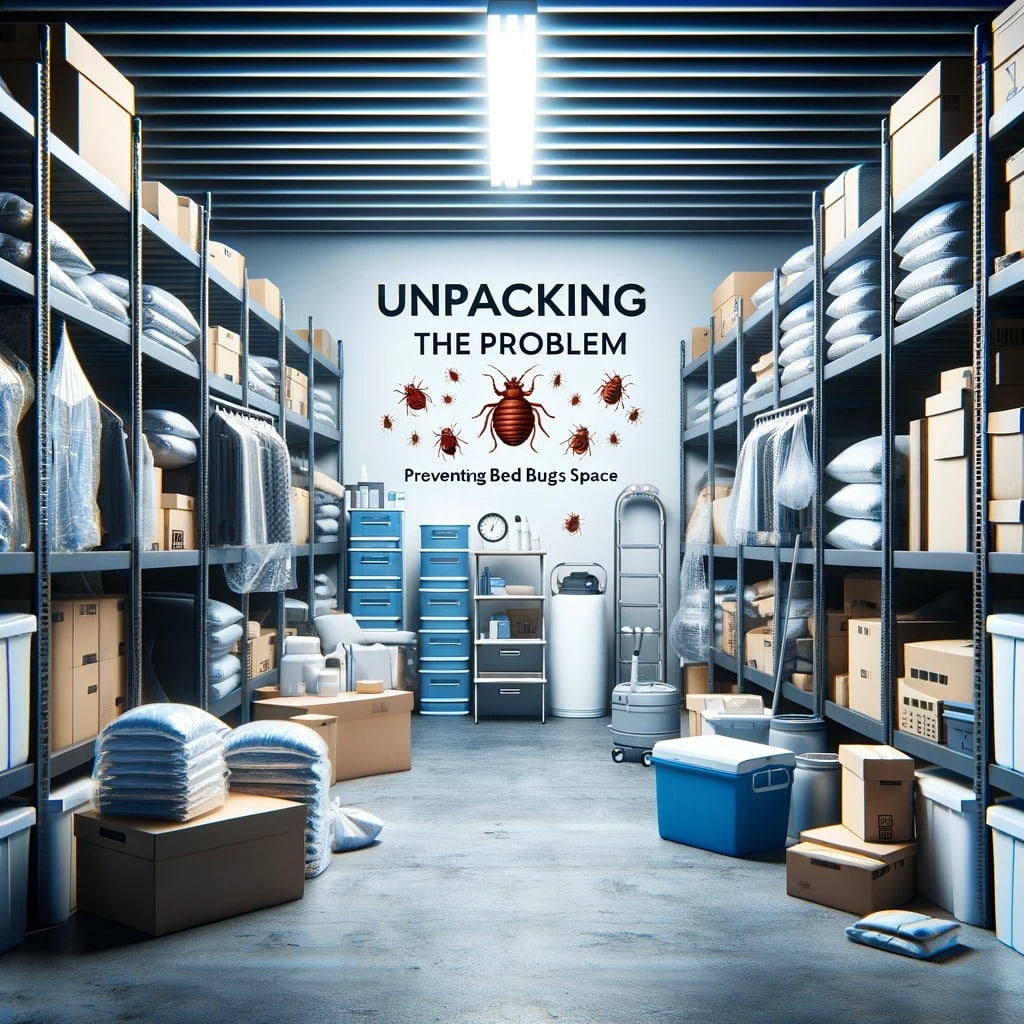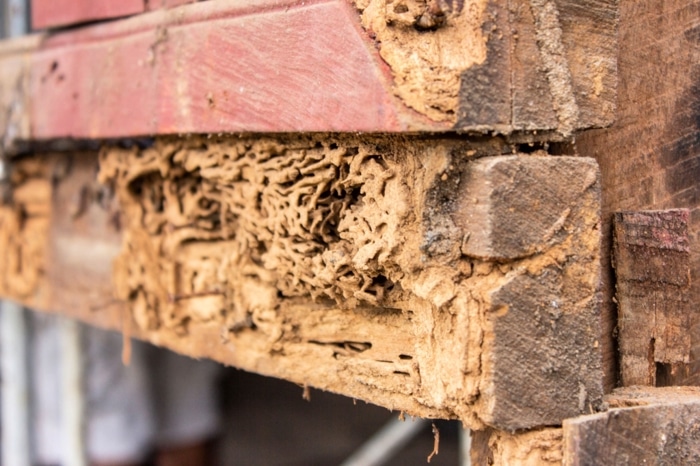Maintaining apartments means keeping residents safe, reducing liability, and preserving your property’s value. Let’s dive into a practical, real-world checklist that property management experts use—no fluff, just clear, confident guidance for building safer, well-maintained apartments.
Conduct Thorough Exterior Inspections
Start by walking the property perimeter regularly. Look at roof lines, gutters, exterior walls, and entrances through a sharp, detail-oriented lens. Cracked foundation, peeling siding, or blocked drainage systems are red flags for bigger issues. Addressing them early prevents accidents from deterioration—like trip hazards or water damage—to residents and property alike.
While you’re at it, check outdoor lighting. A poorly lit walkway isn’t just an inconvenience; it’s a safety hazard. Ensure every bulb works, timers and photocells are set correctly, and fixtures are properly shielded from the weather. Adequate lighting significantly lowers risk and boosts security around apartments.
Inspect Common Area Conditions for Hidden Risks
Common spaces like laundry rooms, fitness rooms, and hallways deserve your attention. Floors need tight-fitting tiles or mats, and mats with anti-slip backing to prevent slips and falls. Check electrical outlets and cords for fraying or overheating—anything that indicates high risk for fire or shock.
Make sure fire extinguishers are in place, visible, and have current inspection tags. Smoke detectors should be functional and tested every quarter. Stick to a documented schedule so no room gets missed. A well-maintained common area upholds resident trust and keeps emergencies from going unnoticed.
Review HVAC, Plumbing, and Life-Safety Systems
Systems like heating, cooling, plumbing, and life-safety equipment are vital for resident comfort and legal compliance. HVAC units running inefficiently aren’t just wasting energy—they can fail unexpectedly. Inspect air filters monthly during peak seasons like summer and winter, replace them as required, and schedule professional maintenance semi-annually.
Plumbing is another area to monitor closely. Test main drains and faucets for leaks and slow flow. Inspect water heaters, valves, and pressure regulators. Put leaking valves or drip-prone pipes at the top of your repair list—left unchecked, they become bigger liabilities.
Look at fire-safety systems regularly. Periodic checks of sprinklers, alarms, and emergency lighting are essential. Test alarm panels, pull stations, and horn/strobe devices quarterly. These systems matter most when they’re needed, and if they’re not functional, the outcomes can be disastrous.
Ensure Exterior and Interior Pest Prevention
Infestations affect safety and living quality—and they get costly fast. Start from the outside: block gaps around the foundation, seal utility and plumbing penetrations, and keep landscape materials like mulch and wood piles well away from walls.
Once you’ve tightened the exterior, move inside. Check kitchen cabinets, under sinks, and trash areas for evidence of insects or rodents. Take immediate action if you see droppings, nests, or insect shells. Pest Share’s integrated approach supports inspections and treatments that keep pests at bay—but staying proactive on both prevention and professional follow-up makes all the difference.
Verify Pool, Outdoor Amenities, and Playground Safety
If your property has a pool, playground, or outdoor lounge, standard safety checks are not optional—they’re essential. Pool fences, gates, and locks have to function correctly. Depth markers should be visible, and the pool deck must be clean, dry, and nonslip. Uneven paving or cracked concrete is a recipe for injuries and potentially expensive liability claims.
Playground safety includes inspecting equipment for rust, structural instability, or missing components. Surfacing like mulch or rubber should be consistent in depth, without bare spots. Regular safety audits help ensure residents and guests aren’t put at risk.
Strengthen Security Systems and Resident Access
Security is about more than locks. Check door hardware, access control systems, intercom panels, gate motors, and cameras for operational clarity. Wireless entry keys or fobs should deactivate when needed—especially for residents who move out or lose credentials.
Assess your response system: are front desk personnel or on-site staff alerted of after-hours access attempts? Do door closures self-latch correctly and aren’t prone to jamming? A refined security system eases fear, improves resident satisfaction, and lowers request volumes related to lockouts or unauthorized entry.
Maintain Proper Handling of Hazardous Material and Chemicals
Even everyday services like janitorial or pool maintenance bring chemicals into the picture—cleaners, chlorine, pesticides. Poor storage of these can create physical and legal hazards. Keep safety data sheets (SDS) in a central binder or digital folder, accessible to staff and contractors.
Limit storage to dedicated, locked cabinets with labels specifying contents and dates opened. Train team members in safe mixing, disposal, spill procedures, and provide adequate PPE. A systematic, documented approach keeps hazards contained and risks minimized.
Oversee Resident Reporting and Responsive Follow-Up
A strong checklist is only as good as the information coming back from residents. Promote clear and anonymous reporting channels—email, app, phone, or drop-box. Log every request or complaint: record dates, photos, assigned staff, and resolution timelines.
Review older reports to catch recurring patterns—like continuing leaks or faulty lighting. Assign notes for follow-up inspections. Transparent handling shows residents you take their feedback seriously, reducing frustration and boosting trust. A responsive management team creates safer, more satisfied residents.
Implement a Comprehensive Documentation System
Good paperwork boosts accountability. Every inspection, repair, chemical application, or emergency drill should be logged with date, location, personnel, and results. Digital systems can streamline this: alerts, photo attachments, and audit trails help you stay ahead.
Organize records by building area—exteriors, apartments, common areas, systems, pests, emergencies—and keep schedules visible. Regular internal reviews help catch overlooked tasks before they become problems. Good documentation means stronger protection in legal or insurance scenarios.
Conduct Staff Training and Emergency Drills
Plan annual or biannual trainings for your team and contractors. Cover fire safety, chemical handling, fall prevention, pest spotting, and response protocols. Practice emergency scenarios—fire, flood, extreme weather—using evacuation drills and water shut‑off tests.
Staff confidence and skill are critical in emergencies. Roleplay can help staff calmly manage stressful situations. If you have remote or part-time staff, digital training modules with quizzes and sign-off are effective. Ongoing training builds a resilient, capable property team.
Review Insurance, Compliance, and Vendor Management
Make sure property insurance covers liability, hazard, pest damage, and equipment breakdown. Align coverage with risks: for example, inadequate pest coverage can leave you vulnerable to expensive claims and resident complaints. Schedule annual policy reviews and talk to your broker—know what’s excluded or underinsured.
Complying with local codes is non-negotiable. Stay updated on inspections, building safety, and health regs. Integrate code changes into your maintenance calendar before becoming overdue. Audits and documented compliance make sure systems are maintained and fully functional.
Lastly, track vendor qualifications. Check credentials, ensure proper insurance, verify references, and ensure they follow procedures for access, safekeeping resident data, and reporting. Holding vendors to the same standards tightens the property’s risk posture.
Schedule Quarterly Risk-Assessment Meetings
Bring key staff together—maintenance, leasing, cleaning, safety, pest—every quarter. Review open issues, track inspection follow-ups, talk about seasonal risks (like pests entering during monsoon season or winter heating concerns). Discuss resident feedback trending toward risk areas and decide on adjustments.
Assign responsibilities and review completion timelines. A meeting with momentum keeps your risk checklist alive and evolving. Document minutes so nothing gets forgotten. These meetings turn checklist maintenance into property performance.
Continuously Monitor and Improve
Risk management isn’t static. Use key performance indicators like number of safety incidents, average time to complete repairs, and resident complaints to measure progress. Compare these over quarters to detect trends. If slip‑and‑fall claims rise, perhaps outdoor lighting isn’t sufficient. If leak reports are growing, consider valve replacements or pipe upgrades.
Continuous monitoring helps identify risks before they become problems. Keeping your process dynamic, reaction‑ready, and data‑driven shows you’re running things like a well-oiled machine—for the safety and satisfaction of residents and long‑term value for your ownership.
Implementing this checklist transforms apartment risk management into a proactive, streamlined process. It raises safety standards, nurtures resident confidence, and keeps your property portfolio performing at its best. This isn’t about checking boxes—it’s about building a culture of safety and care that sets your apartments apart.






